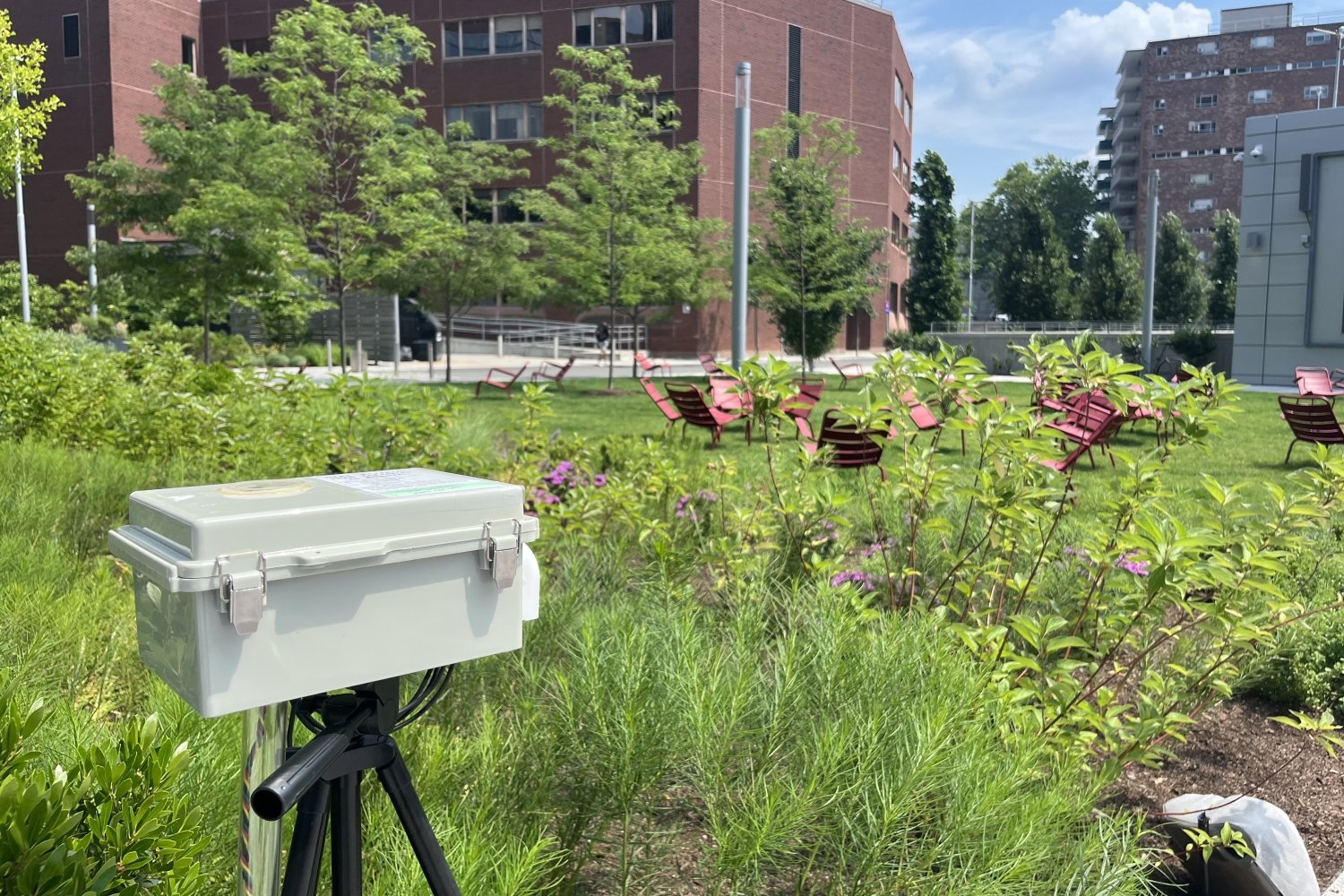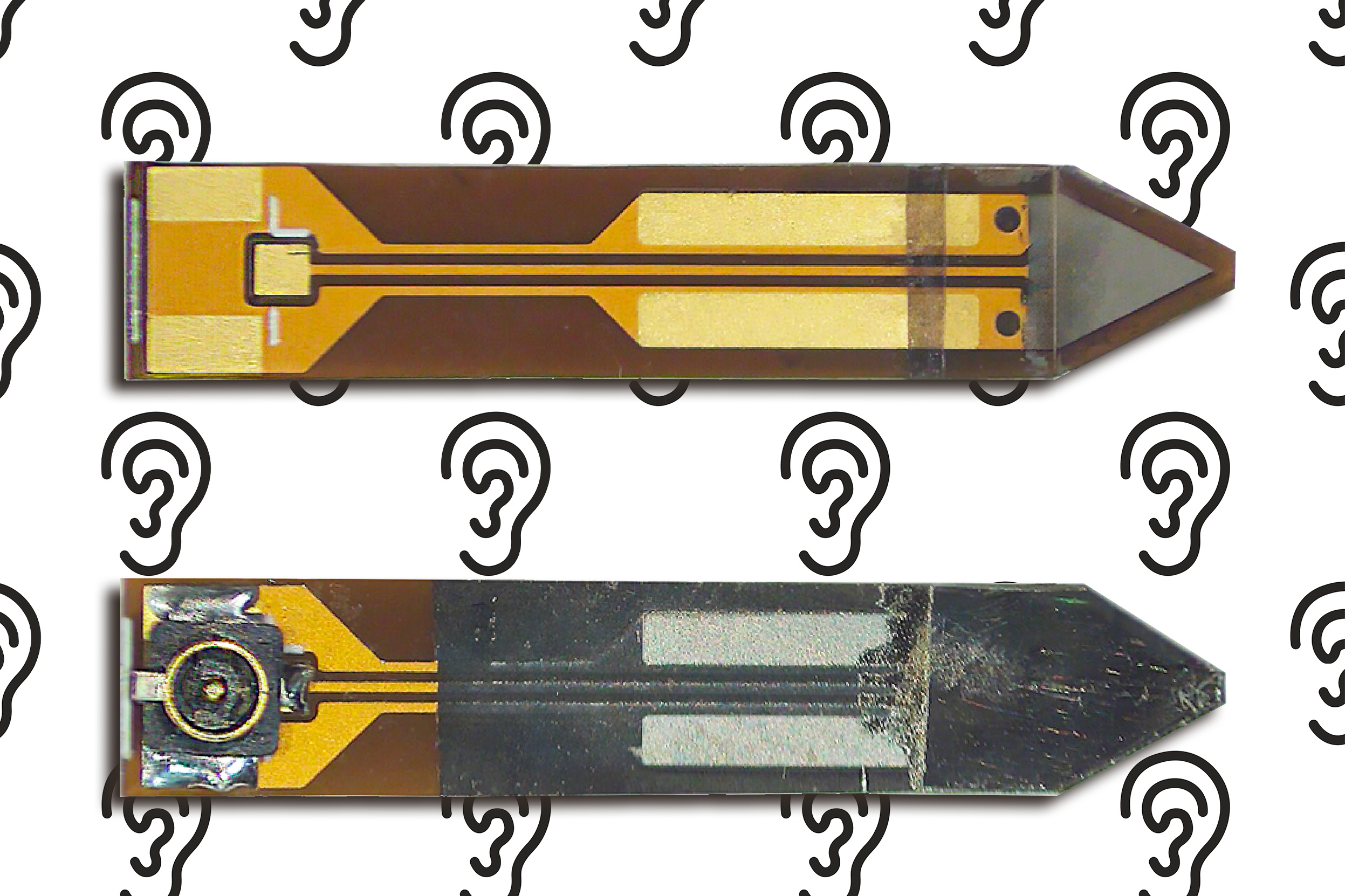This site uses cookies. By continuing to browse the site you are agreeing to our use of cookies Find out more here
Category : Next Wave Gen
AI model identifies certain breast tumor stages likely...
The model could help clinicians assess breast cancer stage and ultimately help in reducing overtreatment.
Machine learning unlocks secrets to advanced alloys
An MIT team uses computer models to measure atomic patterns in metals, essential for designing custom materials for use in aerospace,...
Collaborative effort supports an MIT resilient to...
Increasing severity and duration of heat drives data collection and resiliency planning for the forthcoming Climate Resiliency and...
Creating and verifying stable AI-controlled systems...
Neural network controllers provide complex robots with stability guarantees, paving the way for the safer deployment of autonomous...
AI method radically speeds predictions of materials’...
The approach could help engineers design more efficient energy-conversion systems and faster microelectronic devices, reducing waste...
Marking a milestone: Dedication ceremony celebrates...
Members of the MIT community, supporters, and guests commemorate the opening of the new college headquarters.
Machine learning and the microscope
PhD student Xinyi Zhang is developing computational tools for analyzing cells in the age of multimodal data.
Reasoning skills of large language models are often...
New CSAIL research highlights how LLMs excel in familiar scenarios but struggle in novel ones, questioning their true reasoning abilities...
When to trust an AI model
More accurate uncertainty estimates could help users decide about how and when to use machine-learning models in the real world.
MIT researchers introduce generative AI for databases
This new tool offers an easier way for people to analyze complex tabular data.
Signal processing: How did we get to where we’re going?
In a retrospective talk spanning multiple decades, Professor Al Oppenheim looked back over the birth of digital signal processing...
Implantable microphone could lead to fully internal...
This tiny, biocompatible sensor may overcome one of the biggest hurdles that prevent the devices from being completely implanted.

















